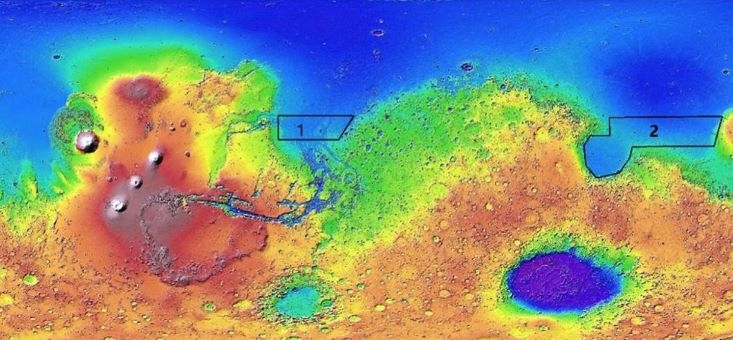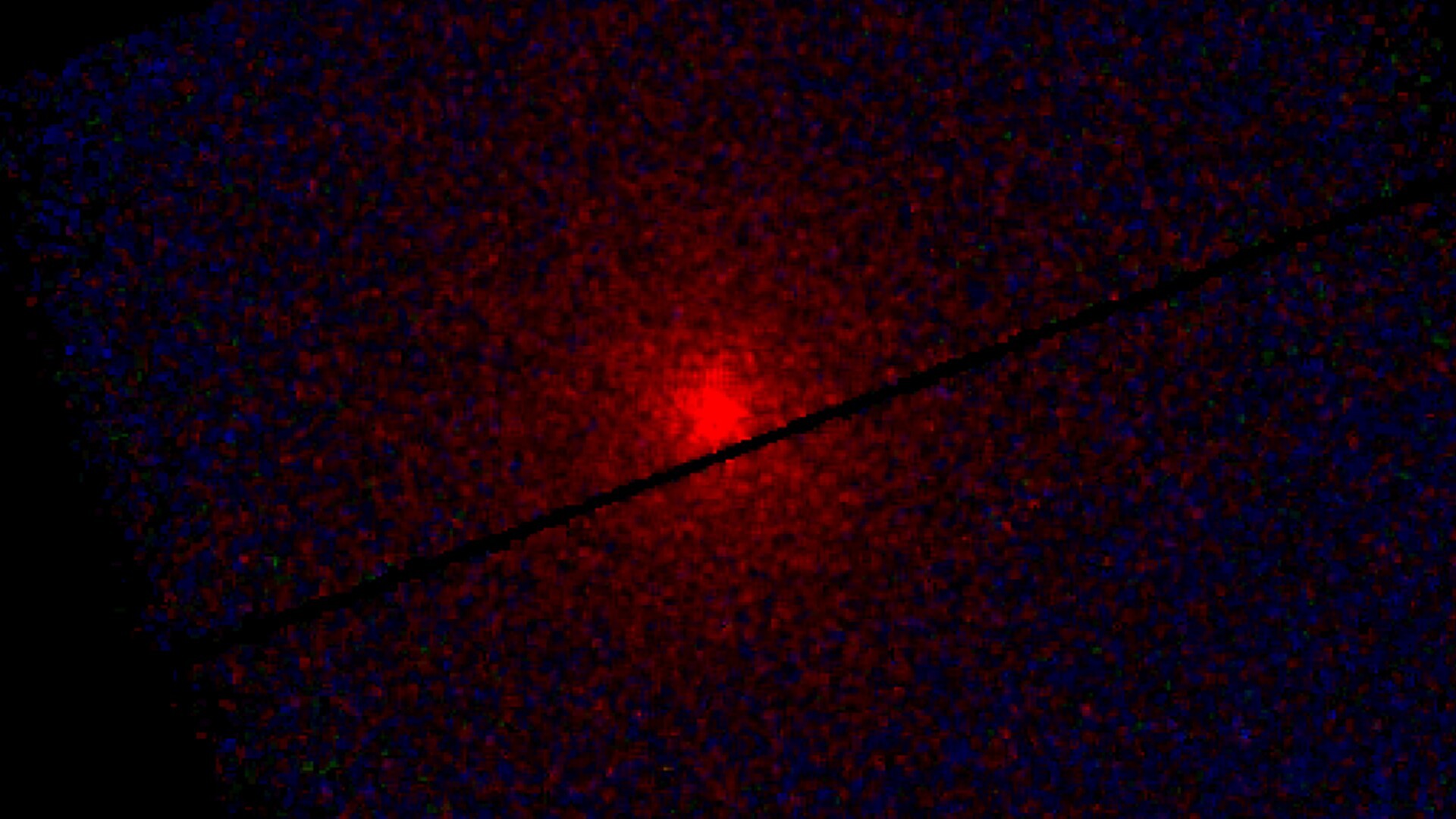China's Tianwen-1 Mars mission adjusts orbit to prepare for a Red Planet landing

The rover is scheduled to land on Mars sometime in May or June.
China's Tianwen-1 spacecraft now orbiting Mars is slated to perform systematic checks of onboard equipment after adjusting its orbit in preparations for the country's first Martian landing attempt later this year.
The Tianwen-1 orbiter used its 3,000-newton engine on Feb. 15 to place itself into a polar orbit around the Red Planet. Tipping the scales at 5 metric tons, Tianwen-1 — consisting of an orbiter, lander and rover — will perform several more orbital adjustments before placing itself into a parking orbit from which the orbiter will perform an initial survey of candidate landing areas.
Sometime in May or June, the Mars orbiter will be briefly placed in a deorbit and entry arc to release the landing capsule, replete with the as-yet-unnamed Tianwen-1 rover. The rover will egress from the lander onto the Martian surface a few days after touchdown, following an appraisal of the surrounding terrain.
For at least 92 Martian days (or about 95 Earth days), the rover will conduct high resolution, on-the-spot surveys of Mars.
Related: China's Tianwen-1 Mars mission in photos
Book of Mars: $22.99 at Magazines Direct
Within 148 pages, explore the mysteries of Mars. With the latest generation of rovers, landers and orbiters heading to the Red Planet, we're discovering even more of this world's secrets than ever before. Find out about its landscape and formation, discover the truth about water on Mars and the search for life, and explore the possibility that the fourth rock from the sun may one day be our next home.
Comprehensive study of Mars
The first mission of China's deep exploration plan, Tianwen-1 will carry out a comprehensive study of Mars by orbiting, landing and roving on the Red Planet, conducting studies of Mars' magnetosphere and ionosphere, and studying the planet's surface and subsurface, according to Zou Yongliao, deputy director of the National Space Science Center at the Chinese Academy of Sciences in Beijing, who published a paper in the journal Advances in Space Research last month about Tianwen-1's payloads and science objectives.
Scouting for subsurface water ice on Mars is the duty of Tianwen-1's Mars Orbiter Subsurface Investigation Radar (MOSIR) — a subsurface radar sounder. MOSIR is intended to search for water ice and liquid water that may be associated with signs of life in the polar layered deposits, the Tianwen-1 lander/rover touchdown site and other selected areas.
Breaking space news, the latest updates on rocket launches, skywatching events and more!
The lander/rover machinery is expected to land on Mars in May or June. Chinese space engineers and scientists have selected candidate landing zones within the relatively flat region in the southern part of the Utopia Planitia, a large plain.
Uncertainty and risks
"When the probe brakes in the Martian atmosphere, it will face a process of high temperature, and deviation of attitude due to aerodynamics, which will have a negative impact on the deceleration," said Tan Zhiyun, deputy chief designer of the Mars probe with the China Aerospace Science and Technology Corporation, told China Central Television (CCTV) in a recent interview. "Considering the unpredictability of the Martian atmosphere, there will be a lot of uncertainty and risks," he added.
Next, the lander/rover entry vehicle deploys its parachute with its speed slowing to less than 100 meters per second (224 mph).
"The process will take about 80 to 100 seconds. When reaching 100 meters [328 feet] above the Mars surface, it will enter a hover stage," Tan said. At that time, a microwave ranging and velocity sensor system is to make a measurement of the surface, he added, and a three-dimensional laser camera will take images of the surface of the landing area. The lander may perform translational motions at the 100-meter (328 feet) mark to assure the landing spot is safe.
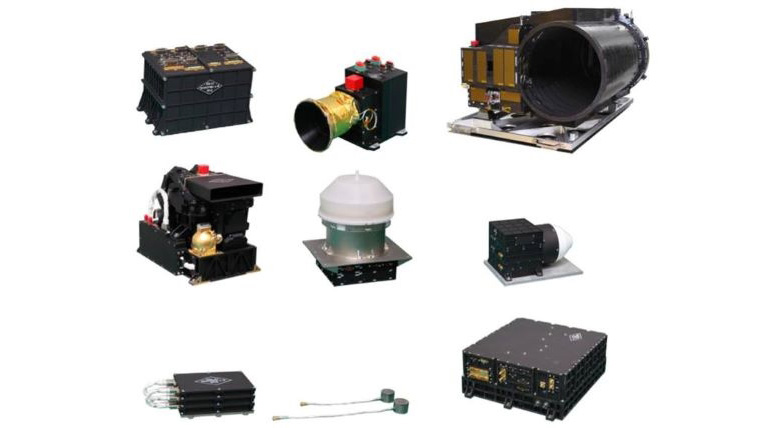
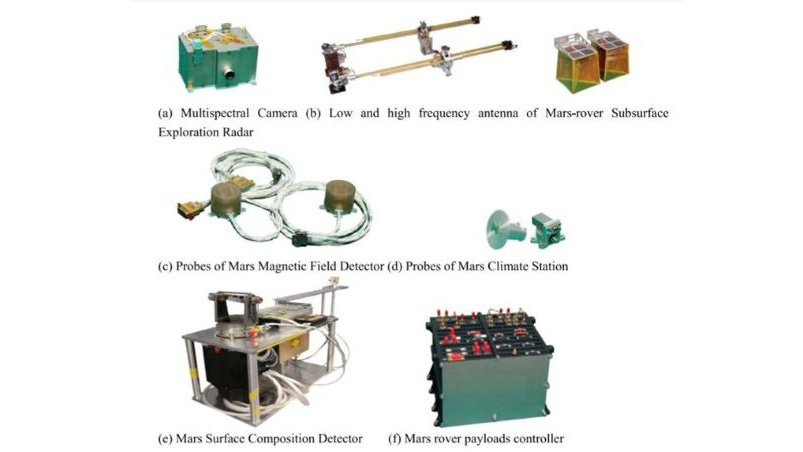

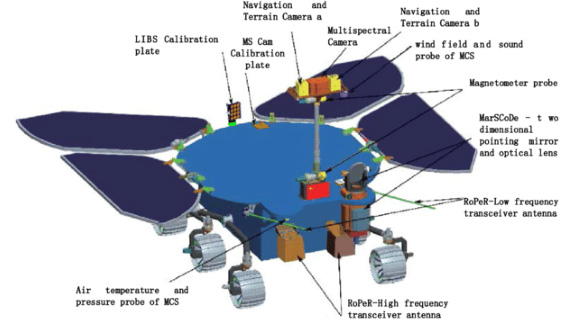
Past mishaps
The entire landing process will take about nine minutes, during which the probe should slow its speed from 11,000 mph (17,600 kph) to a standstill.
Miao Yuanming, deputy chief designer of Mars probes with the China Aerospace Science and Technology Corporation, cautioned in a CCTV interview that among all the 44 endeavors launched to the Red Planet since 1960, 25 of these explorative activities have resulted in mission mishaps.
Miao added that out of the ten most recent Mars exploration activities since 2006, only one has resulted in failure, he said, showing that great progress has been made.
Follow us on Twitter @Spacedotcom and on Facebook.

Leonard David is an award-winning space journalist who has been reporting on space activities for more than 50 years. Currently writing as Space.com's Space Insider Columnist among his other projects, Leonard has authored numerous books on space exploration, Mars missions and more, with his latest being "Moon Rush: The New Space Race" published in 2019 by National Geographic. He also wrote "Mars: Our Future on the Red Planet" released in 2016 by National Geographic. Leonard has served as a correspondent for SpaceNews, Scientific American and Aerospace America for the AIAA. He has received many awards, including the first Ordway Award for Sustained Excellence in Spaceflight History in 2015 at the AAS Wernher von Braun Memorial Symposium. You can find out Leonard's latest project at his website and on Twitter.



